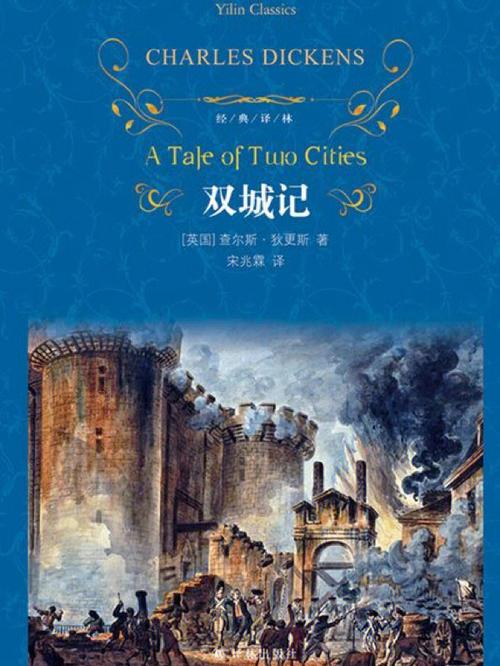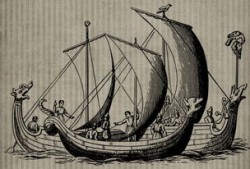双城记的文学地位
- 经验
- 2024-04-24
- 526
The Literary Significance of "A Tale of Two Cities"
*A Tale of Two Cities* holds a revered position in literary history, both in English literature and on the global stage. Penned by Charles Dickens and published in 1859, this novel stands as a seminal work of fiction that captures the tumultuous backdrop of the French Revolution while delving into themes of resurrection, sacrifice, and the enduring power of love.
1. Historical Context:
*A Tale of Two Cities* is set against the backdrop of the French Revolution, a pivotal period in European history marked by social upheaval, political unrest, and widespread violence.
Dickens masterfully intertwines historical events with fictional narratives, providing readers with a vivid portrayal of life in both London and Paris during this turbulent era.
2. Narrative Structure and Themes:
The novel employs a dual narrative structure, juxtaposing events in London and Paris, hence the titular "two cities."
Themes of sacrifice, redemption, and the struggle for justice permeate the narrative, as characters grapple with the consequences of their actions amidst the chaos of revolution.

Dickens explores the concept of resurrection, both literal and metaphorical, as characters undergo profound transformations and find redemption through acts of selflessness and love.
3. Character Development:
The novel features a diverse cast of characters, each grappling with their own moral dilemmas and personal demons.
Protagonists such as Charles Darnay, Sydney Carton, and Dr. Alexandre Manette undergo significant development throughout the story, their fates intertwined amidst the tumult of revolution.
Antagonists like Madame Defarge embody the vengeful spirit of the revolution, serving as a stark reminder of the consequences of unchecked anger and resentment.
4. Literary Style and Impact:
Dickens' rich prose and keen eye for detail lend the novel a sense of immediacy and depth, immersing readers in the sights, sounds, and smells of 18thcentury Europe.
The novel's memorable opening lines, "It was the best of times, it was the worst of times," have become iconic in the annals of English literature, encapsulating the paradoxical nature of the era.
*A Tale of Two Cities* has been adapted numerous times for stage, film, and television, attesting to its enduring popularity and cultural significance.
5. Legacy and Influence:
Beyond its initial publication, *A Tale of Two Cities* continues to resonate with readers worldwide, its themes of love, sacrifice, and redemption transcending time and place.
The novel has inspired countless adaptations, literary analyses, and works of art, cementing its status as a timeless classic.
Dickens' exploration of social injustice and the human condition remains as relevant today as it was in the 19th century, ensuring that *A Tale of Two Cities* will endure as a cornerstone of English literature for generations to come.
In summary, *A Tale of Two Cities* occupies a prominent place in the literary canon, revered for its compelling narrative, rich character development, and enduring themes. Dickens' masterful portrayal of the French Revolution continues to captivate readers, offering a poignant exploration of love, sacrifice, and the quest for redemption amidst the tumult of history.
下一篇
孩子的安全教育读后感
















